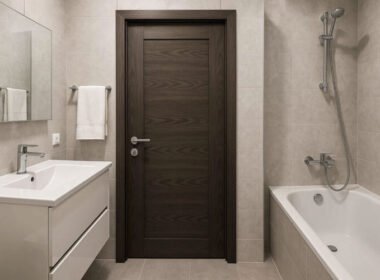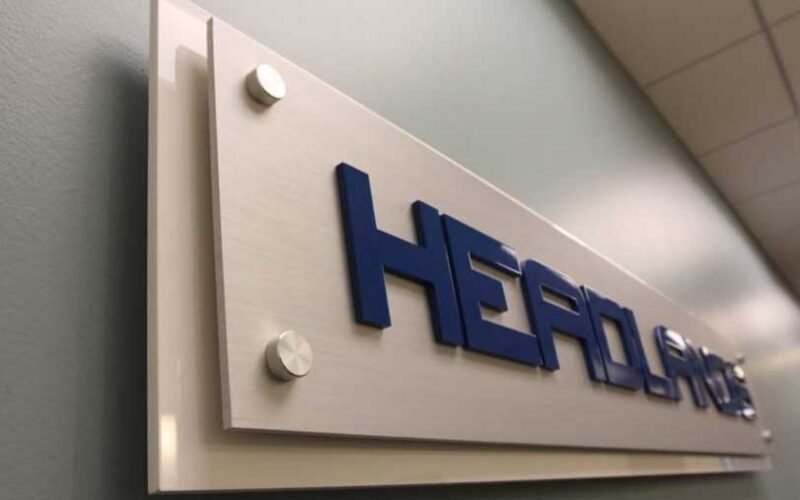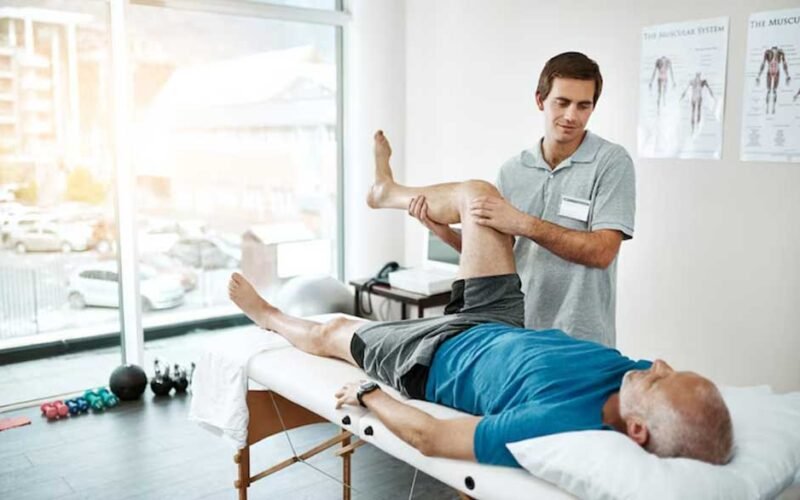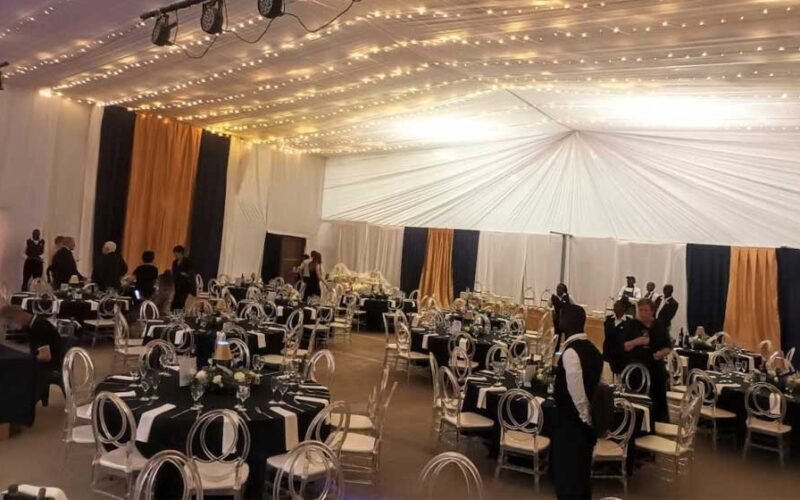A well-designed, eye-catching sign does more for your business than most of us like to admit. Signs enhance brand visibility by standing out in crowded environments and impart a lasting impression on potential customers. They draw interest and attention, increase foot traffic and are low-cost advertising options that last years. That is, provided they’re well-made and properly installed.
Besides sizing, materials and keeping designs simple, mounting is one key area where most mistakes are made. Getting your message out means using the proper sign fixings and avoiding common issues like misalignment, incorrect placement, sagging signs or ignoring weathering requirements for signage used outdoors.
Choosing mounting hardware designed specifically for your sign also means compliance with safety regulations, observing recommended weight loadings, and skipping damage. Smaller and simpler signs can be a short DIY job, but larger installations usually require a professional fit. Both, though, revolve around carefully chosen fixings.
The Basics of Standoff Sign Fixings
Acrylic panels are undoubtedly the most common material choice for signs in just about any setting. This a tough, shatterproof thermoplastic optioned in clear, opaque or translucent finishes and dozens of colours providing visual appeal in contour-cut, dimensional, and outdoor signage.
Drilled panels are affixed with hardware hanging systems called standoffs, giving signs a 3D look in areas like retail stores, office buildings, restaurants, museums and showrooms. Standoffs attach the acrylic panel to a wall or designated surface, with the gap between the panel and wall creating a visually eye-catching popping effect.
In simple terms, standoffs or sign locators are fasteners that can be optioned in different designs, colours, materials and sizes while also providing the durability and strength for mounting signs of varying weight and dimensions in indoor and outdoor environments. There are three basic types:
- Through-hole standoffs – this is the preferred style for greater visual effect out of any sign. They attach to the wall, with the acrylic panel sitting on the standoff via pre-drilled holes. This creates the illusion of floating signs that “stand-off” the wall surface. Through-hole standoff sets consist of barrels that fit into the pre-drilled panel holes, threaded spacers that create the gap between the panel and wall, and wall screws that slot into the internal spacer threading at one end and are drilled into the wall or supporting structure.
- Edge standoffs – these attach the wall or façade and grip the sides of the panel. While there’s no drilling involved, either the hardware or the panel is notched to allow the system to fit and hold the sign in place.
- Side-grip – these standoffs attach to walls, façades, or ceilings just on one side and hold it in place at a 90-degree angle relative to the wall.
The components can be sourced in different lengths, diameters and materials depending largely on the size, weight and thickness of the acrylic panel. The goal is to keep the panel in place, get the expected visuals and ensure both the sign and mounting hardware last.
Materials and Dimensions
One reason standoffs are popular sign fixings is the abundance of materials and finishes to suit any sign. Aluminium and brass standoffs can separately support signs weighing up to 22 lbs, panels in standard thicknesses to 10mm, and incorporate thinner or smaller diameter barrels with flat or rounded caps. Spacers can be up to 19mm in thickness, enough to support even the biggest and heaviest signs.
Aluminium is lightweight, affordable, sturdy, and ideally used indoors despite its good corrosion resistance. Brass is more visually appealing and well-suited to offices, museums, and restaurants. It too resists rust, has higher strength for even heavier signs, is non-magnetic and maintains its inherent good looks for longer. Choose between stain, chrome or gloss finishes.
A low-cost option is acrylic standoffs. These come in a wider range of barrel and spacer sizes (13 to 25mm), suit both thinner or thicker acrylic panels (5 to 16mm) and support weights of 11 pounds. Being transparent they divert more attention to the sign and allow for an enhanced 3D look. And that they’re very lightweight means they reduce stresses in the mounting surface.
The Benefits of Using Standoffs
- Aesthetics – while there are more ways to mount signs, standoffs are aesthetically pleasing and provide a floating, 3-dimensional look that draws more attention to the sign. They also add more substance to otherwise ordinary signage and suit plastic panels in a variety of shapes.
- Easy installation – installing any sign with metal or acrylic standoffs is quick and achieved with basic tools (a hammer, drill, matching drill bit, screwdriver, and spirit level).
- Low cost – standoffs are both affordable and add value to your sign, more so than alternative sign mounting hardware.
- Durable and versatile – these fasteners are weather, rust and heat resistant, have ample strength to support larger and thicker signs and can be used in multiple indoor and outdoor settings when properly installed. Besides acrylic panels, they’re also suited to PVC sheeting. Some also are lockable, preventing vandalism.
Alternative Sign Fixing Options
Adhesive Tapes
Very high bond and double-sided adhesive tapes from established tape manufacturers can be used with signs in multiple materials, have good adhesion to flat walls, and with a flush finish, are hidden from view. They work equally well in and outdoors, though are more suitable for smaller and lighter signage than standoffs.
Stud Fixings
Often the conventional choice for metal signs, stud fixings can bear heavier and larger signs in a variety of substrates and on smooth or uneven walls. Their larger sizes though don’t go well with intricate or detailed signage, as signs are pushed further out from the mounting surface.
Screw and Bolt Fixings
The traditional choice, though missing out on the spaced-out dimensional look of acrylic standoff and PVC sheet fixings. They come in varying shank diameters and lengths to suit different signs and mounting surfaces, can be optioned in more material and coating varieties (Nylon, stainless steel, zinc plated or galvanised steel), and in round or flush head designs. While relatively strong, hard to remove and able to handle significant weight, screw and bolt fixings have been steadily replaced by standoffs.










